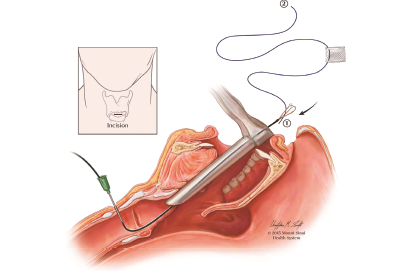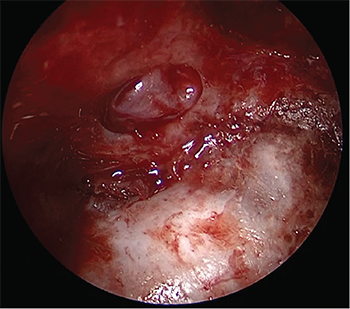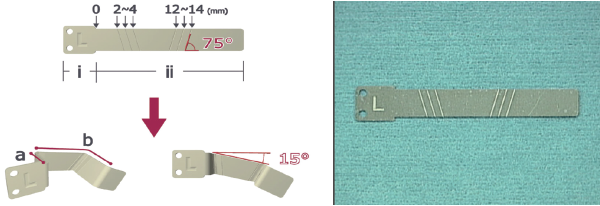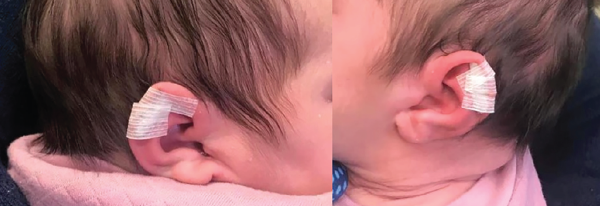Instead of removing the keel in the operating room under general anesthesia, this can be done in the office with topical anesthesia.


Instead of removing the keel in the operating room under general anesthesia, this can be done in the office with topical anesthesia.
Hypopharyngeal-proximal reflux episodes occur less frequently than gastroesophageal reflux disease episodes after meals and at night, and future therapies for LPR patients should take the HEMII-pH profile into consideration.

This “parachute” technique can be used with both autologous free grafts and synthetic materials.
Obtaining coagulation panels in pediatric patients presenting with post-tonsillectomy hemorrhage is rarely useful and diagnosing a coagulopathy is uncommon.
Nasal swell body (NSB) can be surgically reduced, without re-perforation, to relieve obstructive symptoms.
A look at why some patients with olfactory disorder (OD) report smell and flavor loss while others report smell loss only.
Circulating tumor cells are not associated with prognosis in patients with locally advanced and metastatic squamous cell carcinoma of the head and neck (SCCHN), but circulating tumor cells (CTCs) are present.

Ultrasound is now the primary radiologic tool for evaluating thyroid nodules.

This study aims to present and discuss the results associated with a combined surgical approach of several methods to treat patients with severe breathy hoarseness.

A spectrum of otoplasty techniques—including suturing, cartilage modifications, and cartilage grafting—can address congenital auricular anomalies with significant contour improvements.